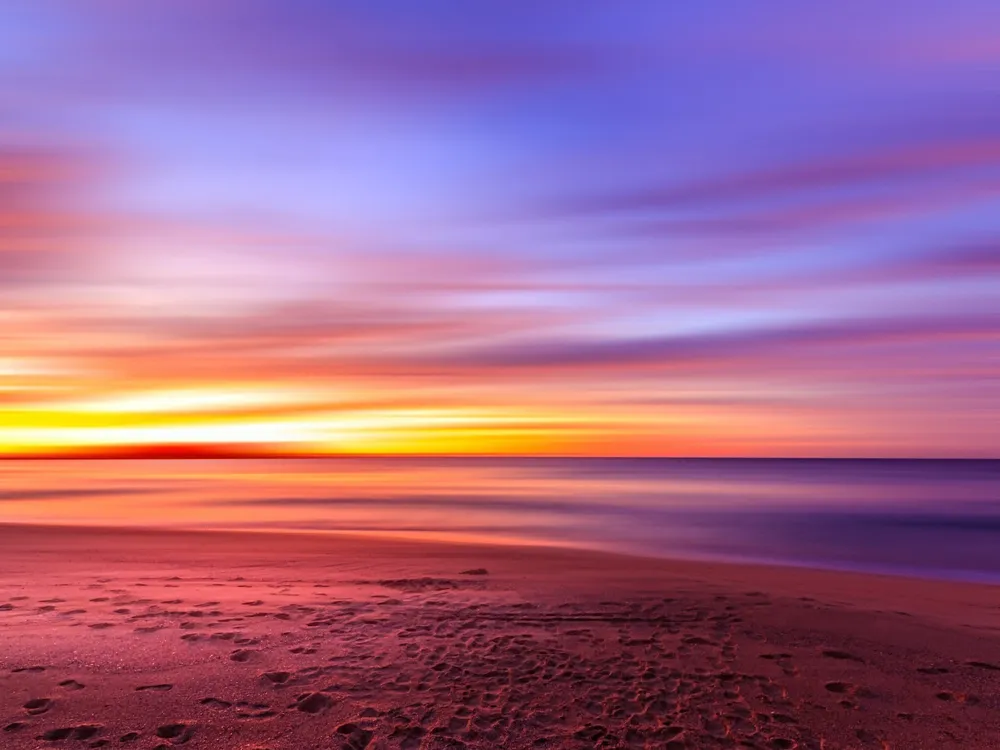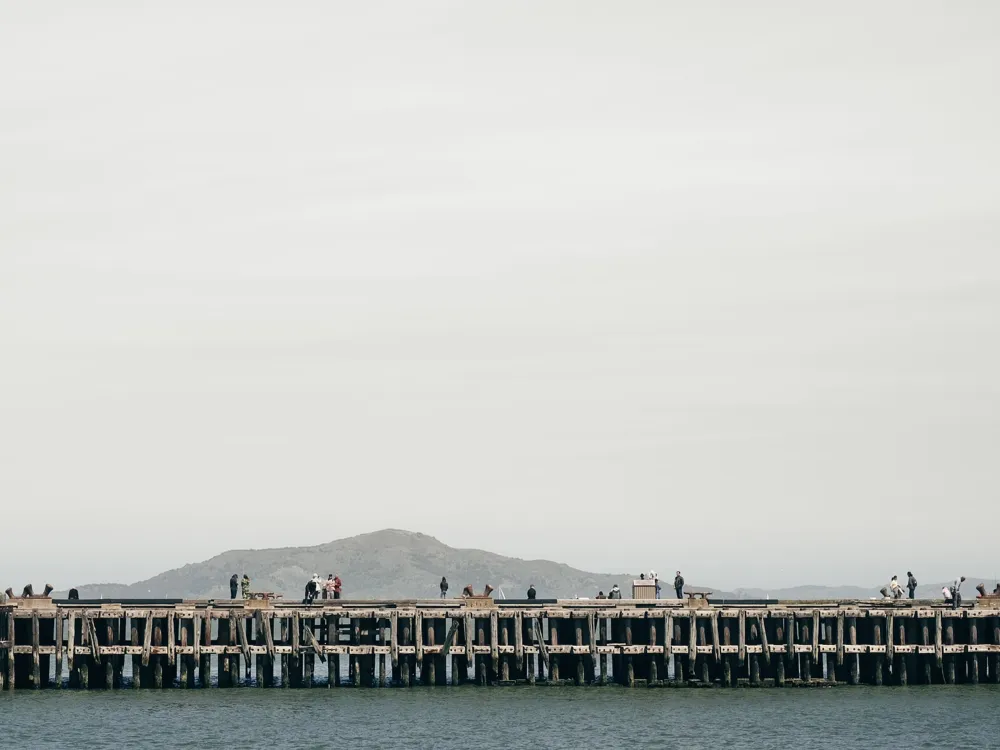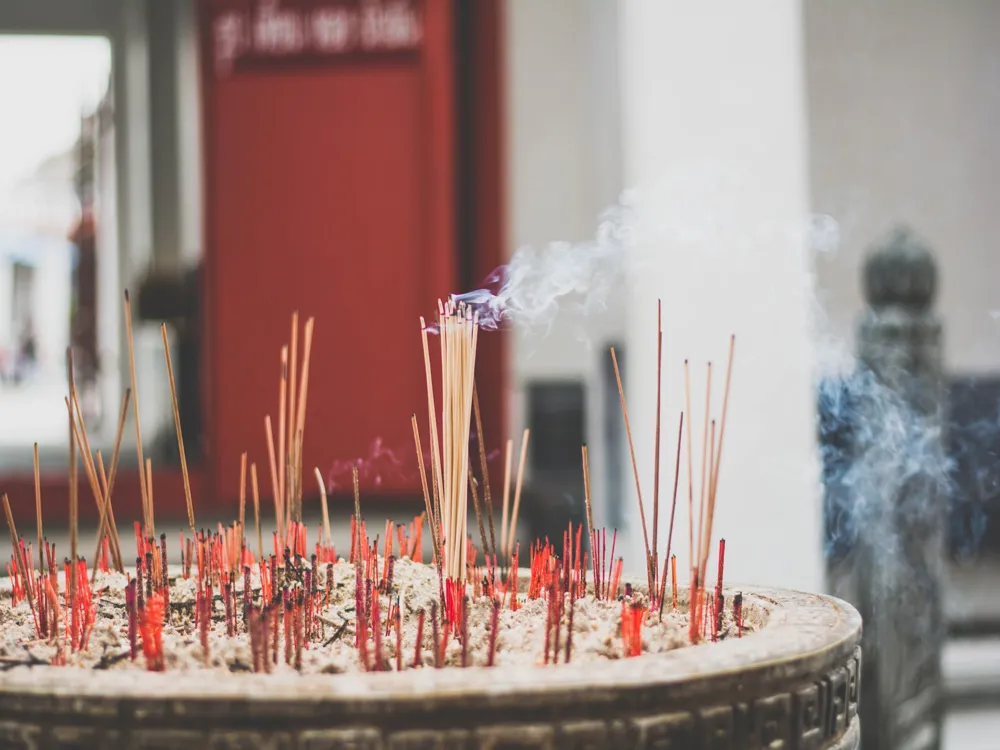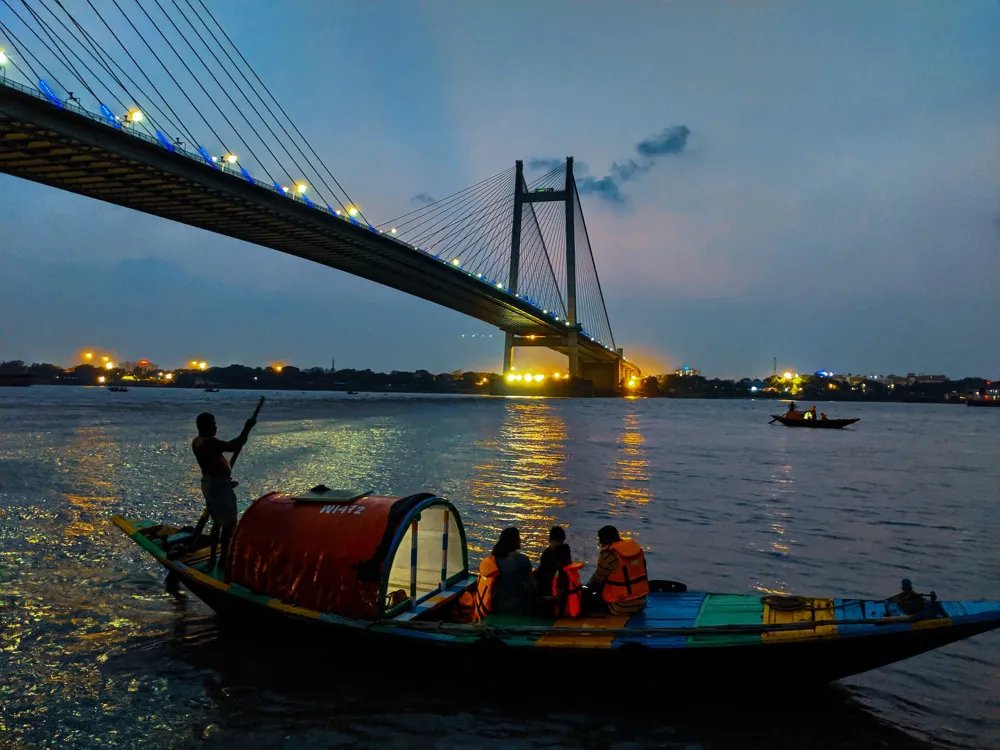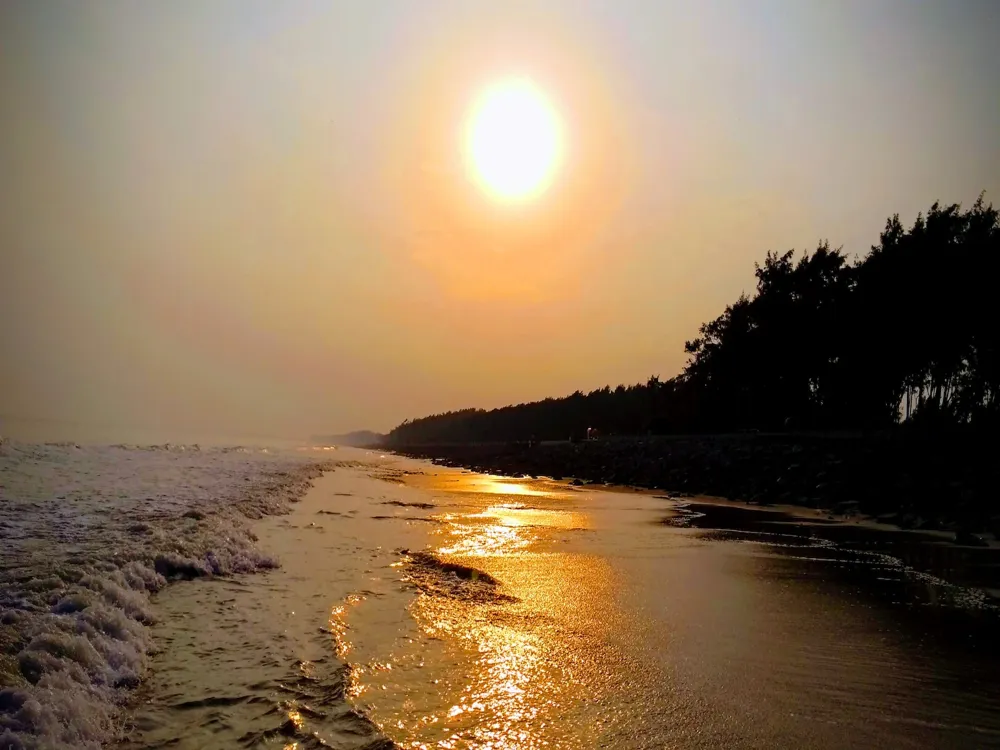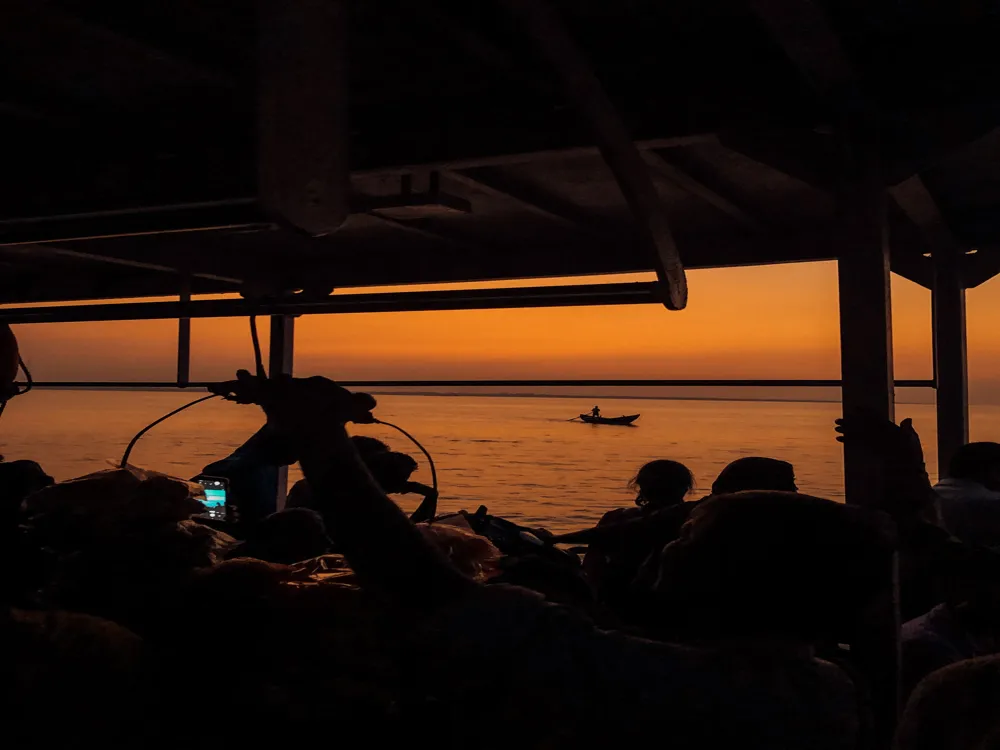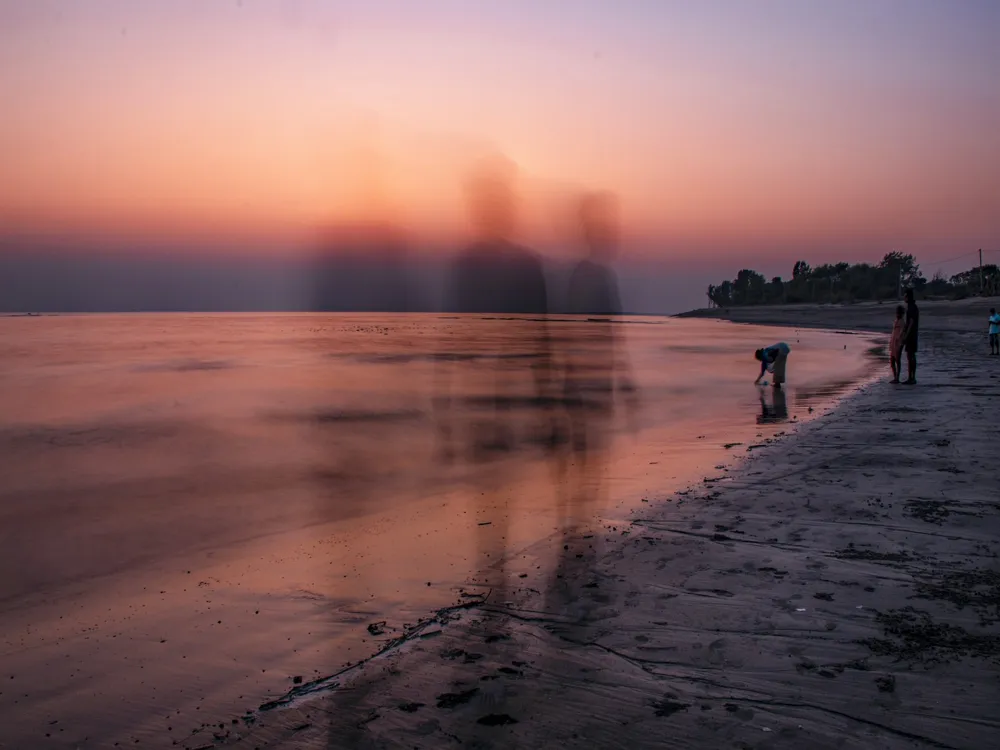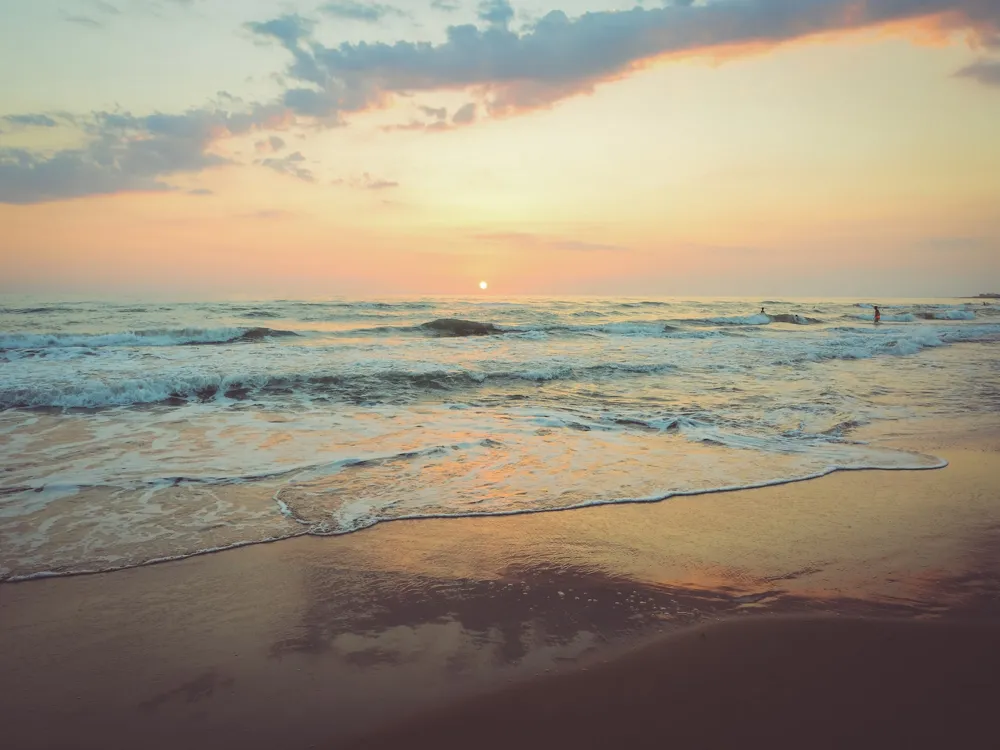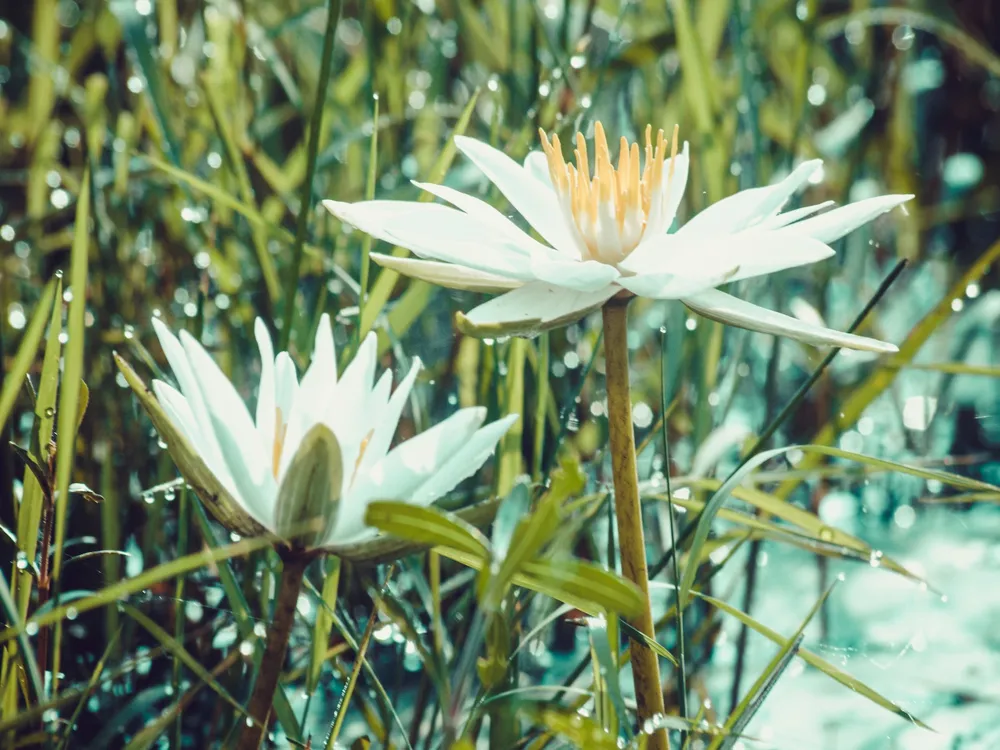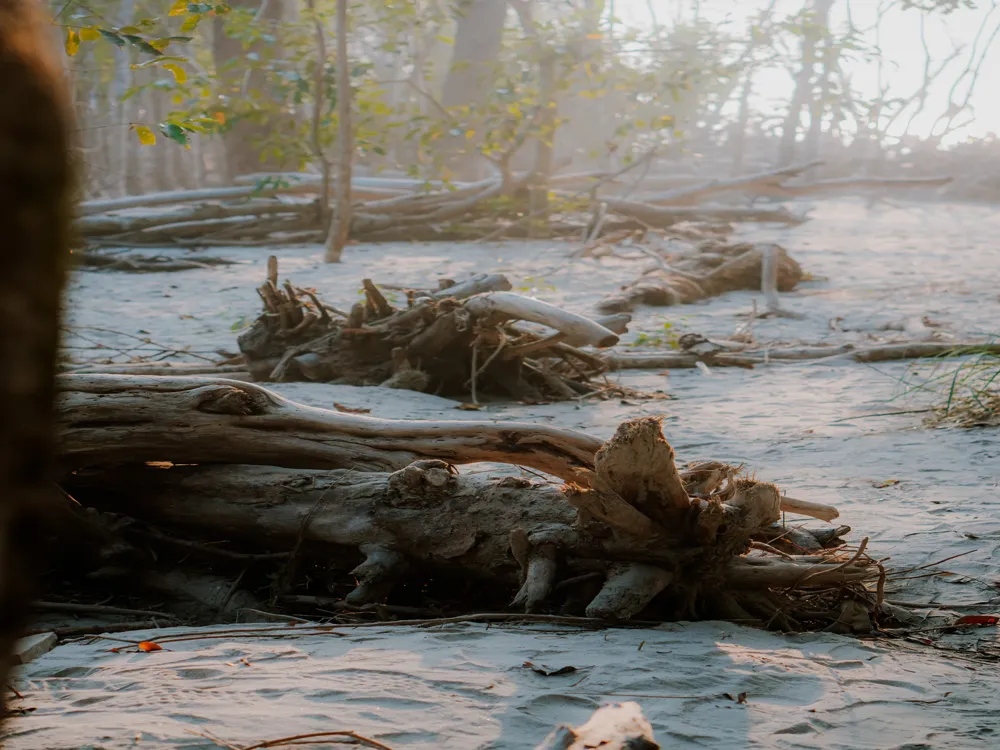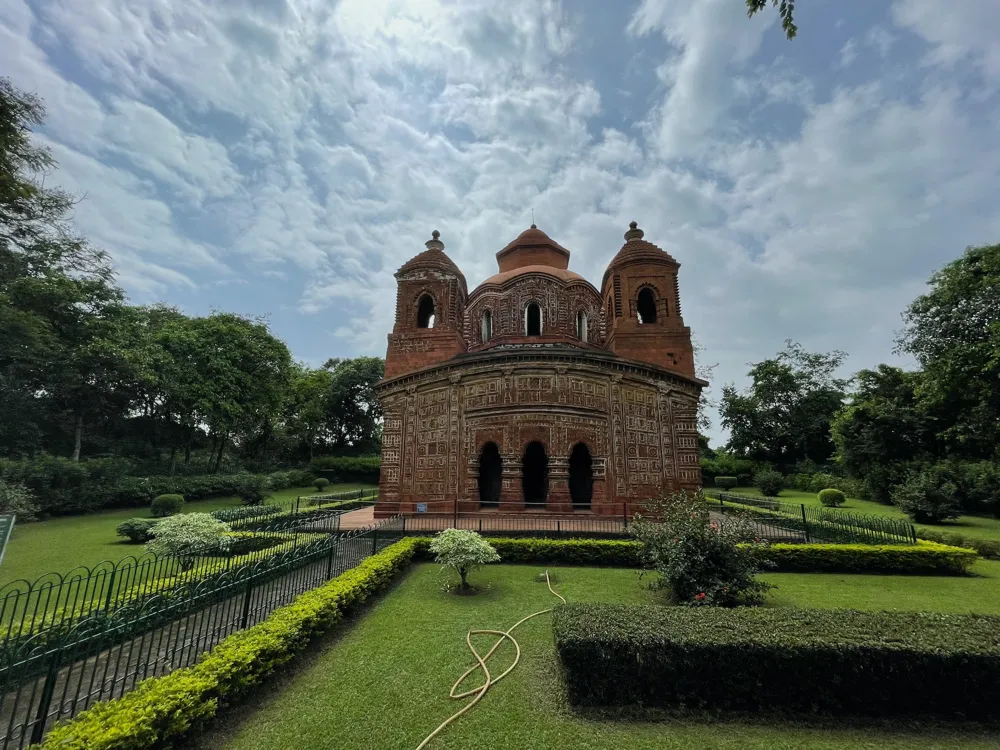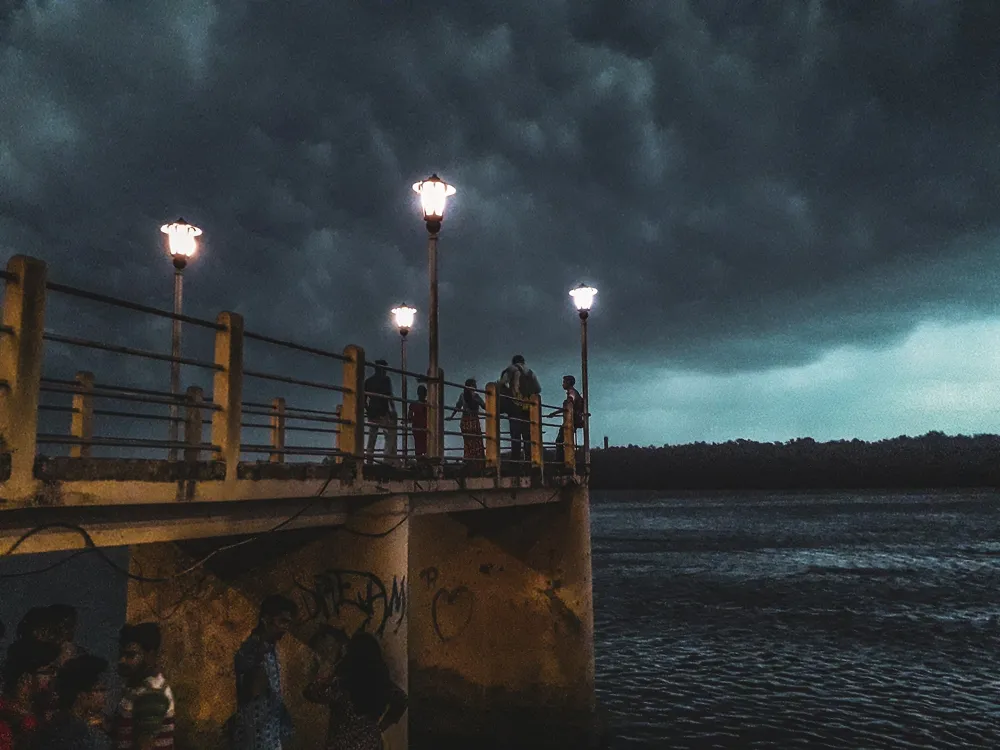Haldia, a vibrant industrial city situated in the heart of West Bengal, India, is a hub of economic and cultural activities. This bustling city, nestled at the confluence of the Hooghly River and the Haldi River, has evolved from a small village into a major port and industrial center. Haldia's strategic geographical location has played a significant role in its development, making it a crucial point for maritime trade and commerce. The city's journey from an agrarian past to an industrial powerhouse is a story of transformation and growth. Haldia's economy is primarily driven by its port, which is among the largest in India, handling a substantial amount of cargo traffic. This port has been a cornerstone in the development of industries such as petrochemicals, oil refineries, and chemical manufacturing, which form the backbone of the city's economy. Besides its industrial prowess, Haldia is also known for its rich cultural heritage, which is a blend of traditional Bengali culture and modern influences. Haldia's landscape is marked by a mix of industrial facilities and green spaces. The city planners have made concerted efforts to maintain a balance between industrial growth and environmental sustainability. This is evident in the well-planned townships, parks, and recreational areas that dot the city. Haldia is also a gateway to various tourist attractions in West Bengal, offering a unique blend of industrial tourism and natural beauty. The architecture of Haldia is a fascinating amalgamation of industrial design and modern urban planning. The city's skyline is dominated by towering chimneys, massive storage tanks, and sprawling industrial complexes. These industrial structures, built with functionality in mind, reflect the city's role as a major industrial hub. However, Haldia is not just about industrial architecture. In recent years, the city has seen the development of modern residential areas, shopping malls, and public buildings, adding a new dimension to its architectural landscape. One of the most notable aspects of Haldia's architecture is the emphasis on sustainability and environmental consciousness. Many of the newer buildings incorporate green design principles, using energy-efficient materials and techniques. This approach is in line with the city's commitment to reducing its carbon footprint and promoting sustainable development. Aside from the modern structures, Haldia also has a touch of traditional Bengali architecture. This is evident in the design of some of its older buildings, temples, and cultural centers. These structures, with their intricate designs and ornate decorations, provide a glimpse into the region's rich cultural and architectural heritage. The ideal time to visit Haldia is during the winter months, from October to March. During this period, the weather is pleasant, making it conducive for exploring the city and its surroundings. Haldia offers a variety of culinary delights, especially Bengali cuisine. Visitors must try local specialties like fish curry, rice, and sweets like Rasgulla and Sandesh. There are several accommodation options in Haldia, ranging from budget hotels to luxury resorts. It's advisable to book in advance, especially during peak tourist seasons. Public transport in Haldia is well-developed, with buses and taxis being the most common modes of transport. For a more local experience, one can also try the auto-rickshaws. Haldia is well-connected by road, rail, and water. The nearest major city is Kolkata, which is about 125 kilometers away. Visitors can reach Haldia by bus or taxi from Kolkata. The city also has a railway station, Haldia Railway Station, which is connected to major cities in India. Additionally, Haldia is accessible by river, with ferry services available from Kolkata and other nearby towns.Overview of Haldia, West Bengal
Architecture of Haldia
Tips When Visiting Haldia
Best Time to Visit
Local Cuisine
Accommodation
Transportation Tips
How To Reach Haldia
Sataku
Haldia
West Bengal
NaN onwards
View haldia Packages
Also Refered As:
Mini Japan
Haldia Travel Packages
View All Packages For Haldia
Top Hotel Collections for Haldia

Private Pool

Luxury Hotels

5-Star Hotels

Pet Friendly
Top Hotels Near Haldia
Other Top Ranking Places In Haldia
View All Places To Visit In haldia
View haldia Packages
Also Refered As:
Mini Japan
Haldia Travel Packages
View All Packages For Haldia
Top Hotel Collections for Haldia

Private Pool

Luxury Hotels

5-Star Hotels

Pet Friendly








